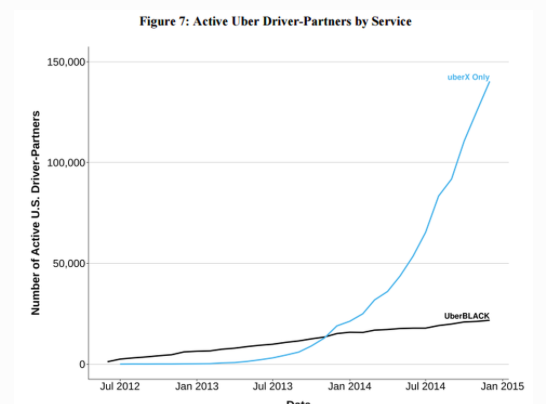Understanding asymmetric returns
One of the most powerful concept in investing is assymetrical returns. This means, if you bet 1$ but you have a chance of winning 10$ or losing your bet. If the odds are anything over 20% of winning, I would take this bet anytime. In markets, there are always periods where inneficiencies happen and odds are usually not that bad, but the upside gain is very assymetric.
Here are some example of assymetric risks :
Investing in yourself:
Let's say you go to college to learn a marketable skill (Software engineer for example). Even if your college tuitions and costs is around 100k$, if you can manage to make more than an extra 50k$ than without this college degree, after 20 years, you made a 1000% return (or 10x) that initial cost. And this is without taking in account inflation.
But something that has infinite upside is you pickup a good book, like this one and learning a new skill. This has infinite upside and no downside except your time. You can even pick it at your local library so you don't have to buy it (no financial investments).
Investing in yourself should be far be the most important investment you should do.
This can be summarized in one of my favorite show (Games of thrones):
Jon Snow : Why do you read so much?
Tyrian Lanister: Look at me and tell me what you see?
Jon Snow : Is this a trick?
Tyrian Lanister : What you see is dwarf. If I born a peasant they might have left me in the woods to die, but I was fortunate enough to be a Lanister [...]
Tyrian Lanister : I must do my part for the honor of my house. Wouldn't you agree? But how? [...]
Tyrian Lanister : My brother has a sword and I have my mind. A mind needs book like a sword needs a wet stone. That's why I read so much Jon Snow.
This is one of my favorite scene in this whole show. I am fascinated on how Tyrian manage to convince people to keep him alive and even fight for him (since he obviously can't himself). All with just the power of his mind.
This perfectly illustrates the nominal cost in time and resource (to buy the book), but the gain is be infinite. Imagine if decide to buy this book which motivates you to start a media venture or a company? Limted cost, infinite gain.
Invest to build a company:
Building a business is probably the second highest asymmetric gain there is. If you are successful, those gains can equate to insane amount (ask the Nvidia founder who spent 300$ to incorporate the company, now worth a few billions)..
Often building a company requires a lot of your time. The cost of your time is nominally low but the reward (a successful venture) is quite high.
Investments: Venture capital model
NOTE : This is only for informational purpose. I DO NOT recommend investing in startups. This is only to show the power assymetric returns.
The best in the business when it comes to assymetric gains are venture capital firms. They are expert in finding very small upstarts or non-established companies and
Similar you can learn in this book how invest in seed venture companies. Note this is highly speculative and can only work if you have enough capital to invest in 30+ startups.
I met once with this venture fund that invested in Youtube 15 years ago. They probably invested in 100s more startups that didn't go anywhere, but that Youtube investment was so lucrative that it kept financing them for years.
However nowadays with syndicate and Angel list, you can learn about this. I would warn our readers again that this is HIGHLY speculative. This only makes sense if you are interested in this industry and willing to learn a lot.
Stock investments:
Next time you invest either in an index fund or in a individual stocks, you need to ask yourself if this company has a potential to provide you a 10x return and what is the probability.
Usually smaller, high growth companies have more potential to grow. If I look at Arlo (camera manufacturer), the enterprise value is close to 250M$ and they have a market cap of ~400M$ (as of this writing). At some point the entreprise value was closer to 0$, so the downside were pretty limited. If this company has a 50% chance of surviving (not going bankrupt), the upside are quite interesting.
Although your main portfolio should consist of index funds, it is ok to dabble a buy a few speculative stocks that hopefully can give you outsized returns.
Understanding Exponential growth:
Viruses grow exponentially. Just take a look at the COVID infection rates. Never under-estimate an exponential growth curve.
But also some companies grow exponentially. This typically applies to tech companies. For example, if you look at Uber number of drivers, you can clearly recognize an exponential curve.

This growth is something to all the fast growing companies at their beginning (Google, Facebook, Uber, etc...). However, as companies matures, it becomes harder to keep this exponential growth. For example, Tesla is still ramping up production (Nov 2020) and exponential growth is just starting. So is Amazon with their robotic warehouse investments.
Subscribe to Be free and wealthy blog
Get the latest posts delivered right to your inbox